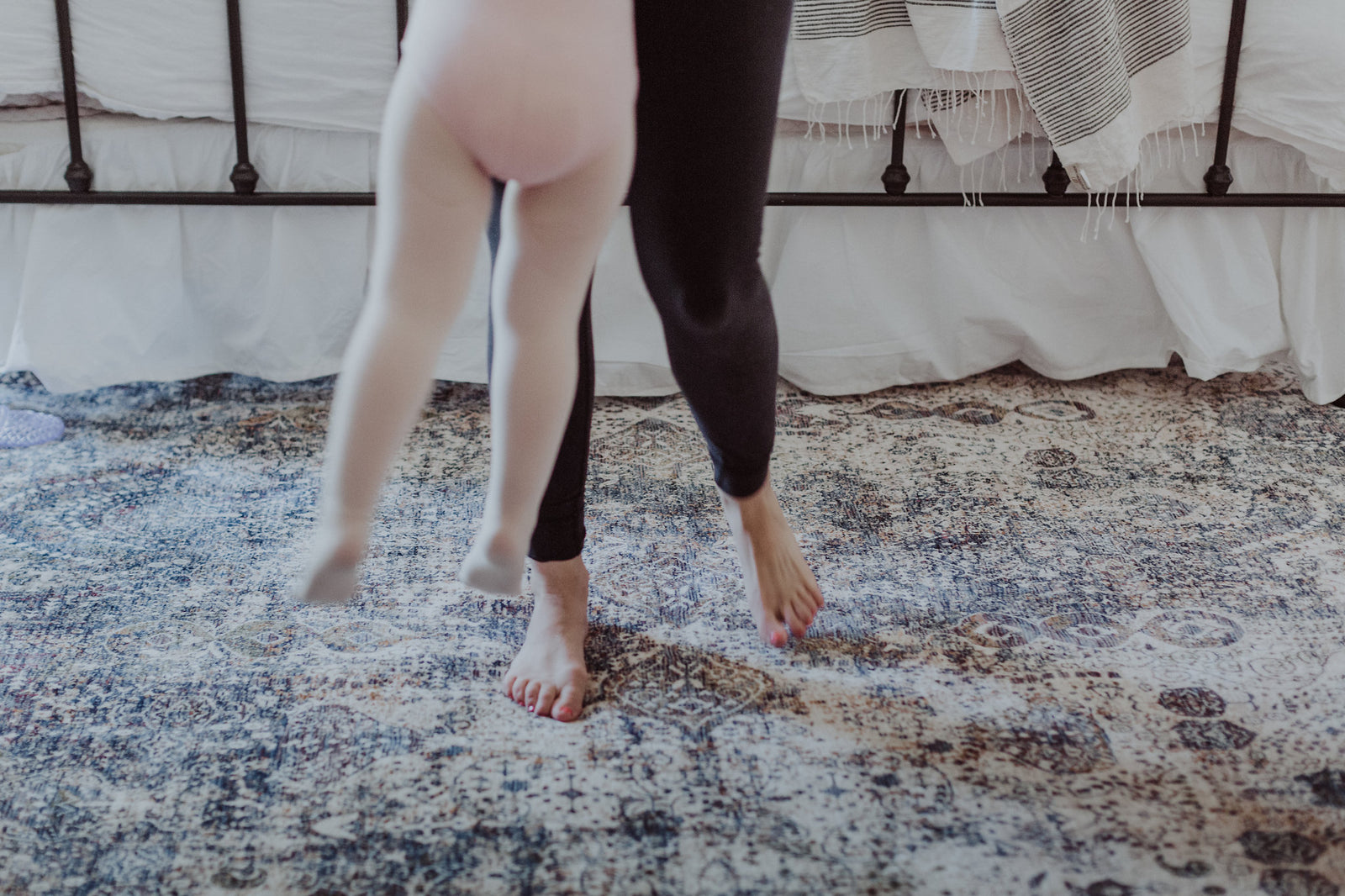Your Cart is Empty

If you’ve ever owned a wool area rug, you have probably experienced some degree of shedding at some point. Depending on the amount of rug shedding, this “quirk” can be quite bothersome, especially to those with wool or dust allergies.
If you already own a rug that sheds and you don’t want to part from it, you can try a few things to stop the rug from shedding:
Wool rugs shed because wool is a natural fiber that can fray and split with irritation. Just like the hair on your head, if your hair grows longer and is not conditioned, you will form split-ends which eventually break. If a rug is made from wool that is drier, the fiber is more brittle and your rug will shed more. If your rug is made from wool with a higher lanolin content it will shed less because it is oilier and conditioned. If you are ever shopping for a wool rug and you find two that are of the same construction, if one is less expensive, it is probably because the wool that was used to make it is drier. The highest quality wool with the highest lanolin content is New Zealand wool, and generally, less expensive and drier wool is from India.
Shedding is also attributed to how a rug is made. Wool rugs that are hand-knotted shed significantly less than wool rugs that are hand-tufted. Hand-tufted wool rugs always have a canvas backing that is usually white or grey- so if you want to know for sure how the rug is made, simply fold over the rug to check it out!
Hand-tufted rugs shed more because of their manufacturing process. A hand-tufted rug is made using a tool that shoots tufts of wool through the webbing of the rug. These tufts are then sheared to the same level and the underside is finished with a coat of latex glue and a canvas backing. As you can imagine, the shearing process can leave thousands of tiny wool fibers in the pile which can take months to shed.
Here’s a quick video to show you how a hand-tufted rug is made:
In 99% of cases (with the exception of poor-quality synthetics), only wool area rugs will shed. Although wool is the toughest most long-lasting natural fiber available in area rugs, if you have a high sensitivity to shedding, we recommend avoiding a wool rug altogether.
Synthetic rugs will not shed, but they won’t last as long. A synthetic rug is a great option if you have a limited budget and prefer to change your décor often. For long-term durability, the best rug you can buy is a hand-knotted wool rug, but these types of rugs can cost thousands of dollars depending on the size. Long story short; if you really want a wool rug, but don’t have a big budget, a hand-tufted wool rug is a great option as long as you know how to care for it.